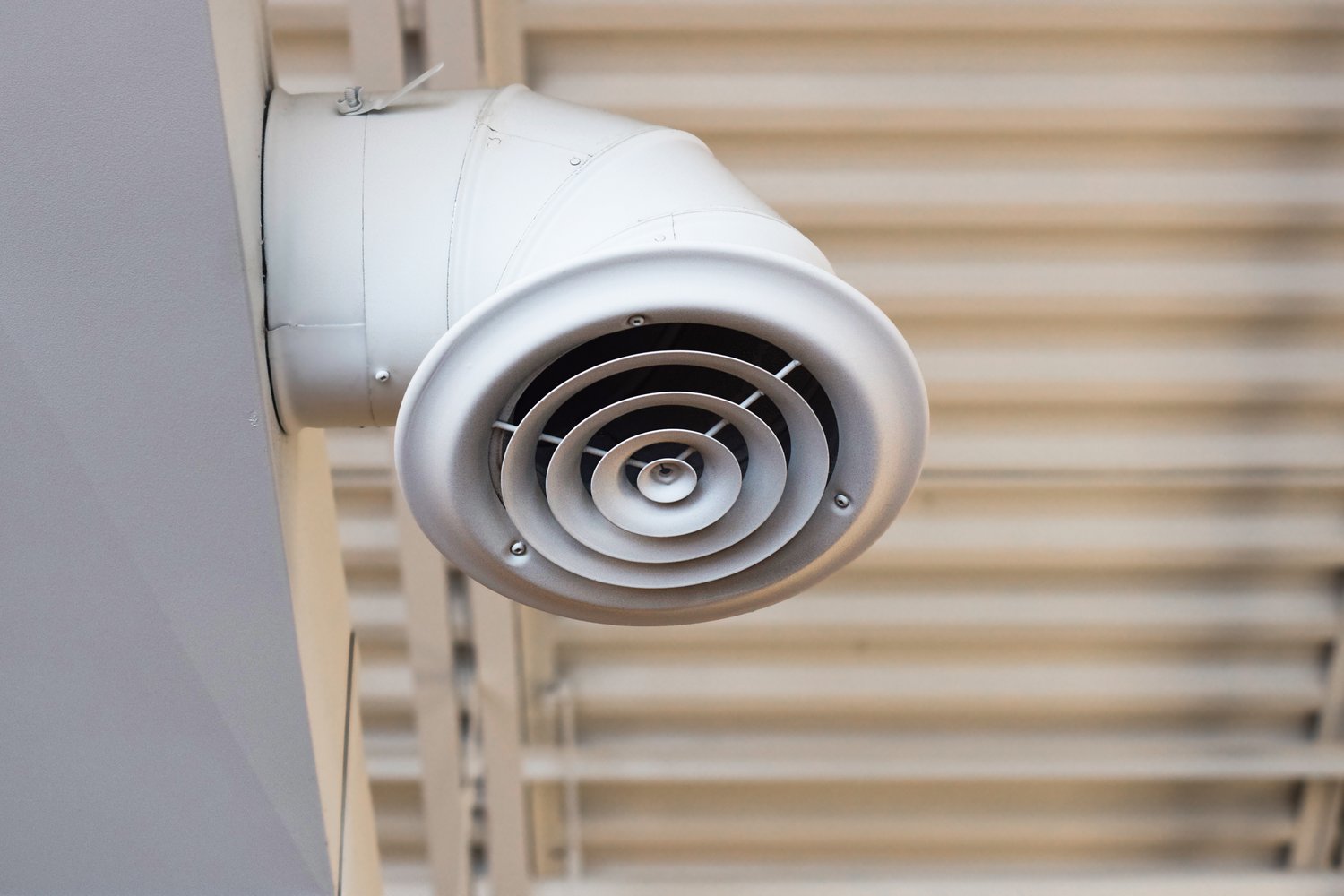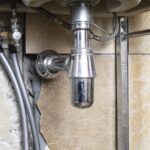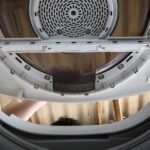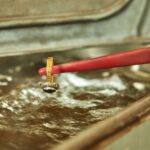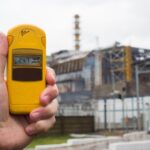Understanding the importance of proper ventilation
Ventilation plays a crucial role in maintaining indoor air quality. It helps remove pollutants, excess moisture, and odors from your home. Proper ventilation can reduce the risk of mold growth and improve overall health. In fact, studies show that good ventilation can decrease respiratory issues by up to 26%. There are several types of ventilation systems available, including natural, mechanical, and hybrid systems. Each system has its own benefits and drawbacks, depending on your specific needs and home layout.
Natural ventilation relies on wind and temperature differences to move air through your home. This method is cost-effective but can be unreliable in certain climates. Mechanical ventilation uses fans and ducts to circulate air, providing more consistent results. Hybrid systems combine both natural and mechanical ventilation for optimal performance. Regardless of the system you choose, regular maintenance is essential for efficient operation. Experts recommend cleaning or replacing filters every 3-6 months to ensure optimal air flow.
The size of your home also affects ventilation requirements. A general rule of thumb is to have 1 square foot of ventilation for every 300 square feet of attic space. However, this can vary depending on your local climate and building codes. Ventilation systems should be designed to exchange the entire volume of air in your home every 3 hours. This rate helps maintain a healthy indoor environment without excessive energy consumption.
Proper ventilation can also lead to significant energy savings. By removing excess heat and moisture, your HVAC system doesn’t have to work as hard to maintain comfortable temperatures. This can result in energy savings of up to 15% on your heating and cooling costs. Additionally, good ventilation can extend the lifespan of your home’s structural components by preventing moisture-related damage.
When considering ventilation options, it’s important to consult with a professional. They can assess your home’s specific needs and recommend the most effective solution. Factors such as local climate, home layout, and existing HVAC systems all play a role in determining the best ventilation strategy. A professional can also ensure that your ventilation system complies with local building codes and regulations.
Exploring ductless ventilation options
Ductless ventilation systems offer a flexible alternative to traditional ducted systems. These units are ideal for homes without existing ductwork or for adding ventilation to specific areas. Ductless ventilation systems typically consist of an outdoor unit connected to one or more indoor air handlers. They can be installed with minimal disruption to your home’s structure, often requiring only a small hole for the connecting conduit.
One of the main advantages of ductless systems is their energy efficiency. They can be up to 30% more efficient than traditional ducted systems. This is because they don’t lose energy through ductwork, which can account for up to 25% of energy consumption in central air systems. Ductless units also offer individual room control, allowing you to adjust temperatures in specific areas for maximum comfort and efficiency.
Installation costs for ductless systems can be higher initially, ranging from $3,000 to $5,000 per unit. However, the long-term energy savings often offset this initial investment. These systems typically have a lifespan of 15-20 years with proper maintenance. Regular cleaning of filters and coils is essential for optimal performance. Most manufacturers recommend cleaning filters monthly and having a professional service the system annually.
Ductless ventilation systems are particularly effective in older homes or additions where installing traditional ductwork would be challenging. They can also be an excellent solution for rooms that are consistently too hot or cold. Many ductless systems also offer advanced features such as programmable timers, remote control operation, and air purification functions. These features can further enhance your home’s comfort and air quality.
When selecting a ductless system, consider factors such as the size of the area to be ventilated, your climate, and your budget. A typical rule of thumb is to allow 20 BTU per square foot of living space. However, factors like ceiling height, insulation quality, and local climate can affect this calculation. It’s always best to consult with a professional to ensure you choose the right size and type of system for your specific needs.
Maintaining ventilation ducts and fittings
Proper maintenance of ventilation ducts and fittings is crucial for the efficiency and longevity of your system. Regular inspections can identify issues such as leaks, blockages, or damage before they become major problems. Experts recommend having your ducts professionally inspected every 3-5 years. However, if you notice issues like increased energy bills or uneven airflow, you should schedule an inspection sooner.
Cleaning your ventilation ducts can improve air quality and system efficiency. The National Air Duct Cleaners Association (NADCA) suggests having your ducts cleaned every 3-5 years. However, this frequency can vary depending on factors such as pets, smoking, or recent renovations. Professional duct cleaning typically costs between $300 and $500 for an average-sized home. This process involves specialized equipment to remove dust, debris, and potential allergens from your ductwork.
Ventilation ducts and fittings should be properly sealed to prevent air leakage. Studies show that leaky ducts can reduce HVAC system efficiency by up to 20%. Sealing ducts can be done with specialized tapes or mastic sealants. While some homeowners choose to tackle this as a DIY project, professional sealing ensures all areas are properly addressed. The cost for professional duct sealing typically ranges from $500 to $2,000, depending on the size and complexity of your system.
Insulating your ventilation ducts can further improve system efficiency, especially in unconditioned spaces like attics or crawl spaces. Proper insulation can reduce energy loss by up to 30%. The recommended insulation level for ducts in unconditioned spaces is R-8, which equates to about 3 inches of fiberglass insulation. When insulating ducts, it’s important to use materials rated for HVAC use to ensure safety and compliance with building codes.
Regular filter changes are a simple but effective way to maintain your ventilation system. Most standard filters should be changed every 1-3 months, depending on usage and environmental factors. High-efficiency filters may last up to 6 months but require more powerful fans to maintain airflow. The cost of filters can range from $5 for basic models to $50 or more for high-efficiency versions. Investing in quality filters can significantly improve your indoor air quality and system efficiency.
Improving indoor air quality through ventilation
Effective ventilation is key to maintaining good indoor air quality. The Environmental Protection Agency (EPA) estimates that indoor air can be 2-5 times more polluted than outdoor air. Proper ventilation helps remove these pollutants, reducing the risk of health issues related to poor air quality. Studies have shown that improved ventilation can reduce sick building syndrome symptoms by up to 70%.
There are several strategies to enhance indoor air quality through ventilation. Source control is the most effective method, involving the removal or reduction of pollution sources. This can include using low-VOC paints, avoiding harsh cleaning chemicals, and controlling humidity levels. Mechanical ventilation systems can supplement these efforts by continuously exchanging indoor and outdoor air.
Air purifiers can be a valuable addition to your ventilation system. These devices use filters to remove particles from the air, with HEPA filters capable of capturing 99.97% of particles as small as 0.3 microns. When selecting an air purifier, consider the Clean Air Delivery Rate (CADR), which measures the volume of filtered air produced per minute. A general rule is to choose a purifier with a CADR that’s at least two-thirds of the room’s area in square feet.
Humidity control is another important aspect of indoor air quality. Ideal indoor humidity levels should be between 30-50%. Excess humidity can lead to mold growth, while low humidity can cause respiratory irritation. Whole-house humidifiers or dehumidifiers can be integrated into your ventilation system to maintain optimal humidity levels. These systems typically cost between $500 and $1,000 to install, with additional operating costs of $50-$100 per year.
Regular monitoring of indoor air quality can help you identify and address issues promptly. Home air quality monitors are available for as little as $100, with more advanced models costing up to $500. These devices can measure various pollutants, including particulate matter, volatile organic compounds (VOCs), and carbon dioxide levels. By tracking these metrics, you can adjust your ventilation strategies to maintain optimal indoor air quality and create a healthier living environment.

